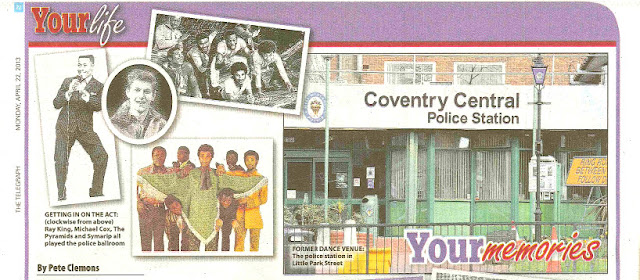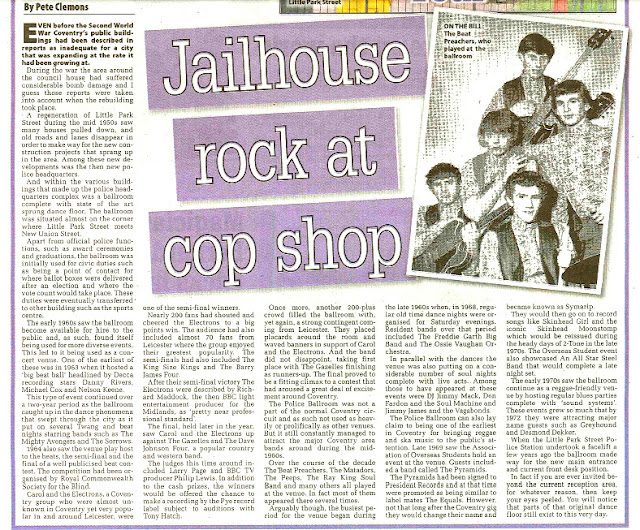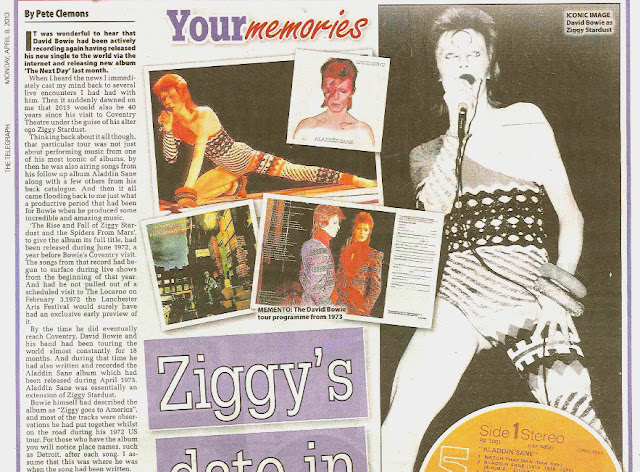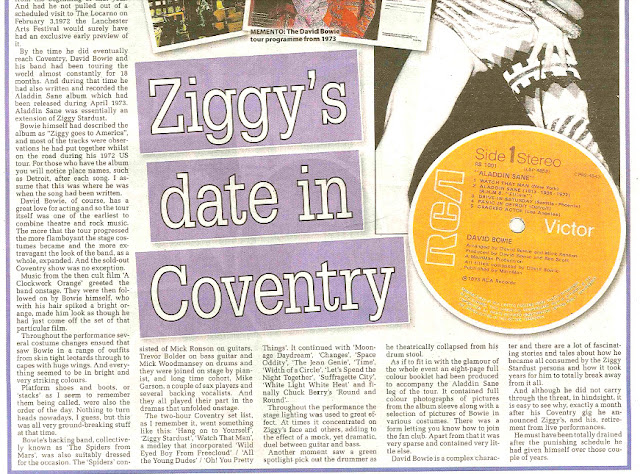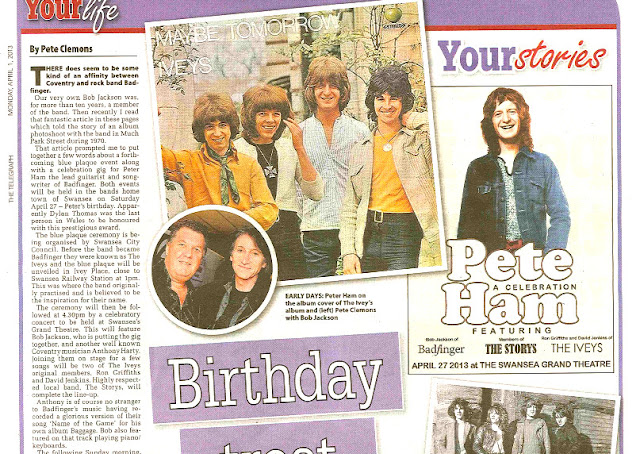Prolific person of the pen – Pete Clemons is on the case of Nektar – Roye Albrighton’s band, for the Coventry Telegraph….
Pete points out that although recently published in the Cov Telegraph, this article was written sometime ago and the the album he mentions “A Spoonful of Time”, mentioned towards the end of the article, was actually called “Time machine” – so bear that in mind.
ROYE Albrighton was born in the Bell Green area of Coventry on February 6, 1949. He is a son of Arthur (Senior) and Anne Albrighton. He will always be best remembered for his continuing involvement in the world renowned band Nektar where he plays lead guitar and is also lead vocalist.
Roye, actually born Roy, started learning to play guitar at around the age of 10 when brother Modie, who had been a television repair engineer, used to fix elderly people’s TVs for free. One day he was given an old Spanish guitar by one of his clients. Roye came across the guitar that, apparently, only had one string. This minor issue did not deter him, the guitar was repaired, strings were replaced and the rest as they say is history.
His early influences included bands like The Ventures, The Spotniks and The Shadows. Later, as he was learning his craft, he would be inspired by bands like The Beatles and the various Jimi Hendrix bands like The Experience and The Band of Gypsies. Incredibly, in fact, Roye once actually jammed with Hendrix during a spell of living in Gothenburg, Sweden.
Roye began his musical career in local band The Peeps who went on to release several singles for the Philips label. After this he became a member of Rainbows. Actually The Peeps and The Rainbows were essentially the same band. But it was at this point when Roye started to write his own material and began to work it into Rainbows’ music.
Rainbows were known for their flowing silky robes, eye liner and Vidal Sassoon styled hair. This was fairly outrageous stuff for the time. The band also relocated to London for a while where they signed up with Ashley Kozaks management.
They recorded and cut two singles on the CBS label. The first was called ‘Rainbows’ and the second was called ‘New Day Dawning’, a quite wonderful song that would eventually feature on a Nektar album called ‘Sounds Like This’. During 1968 Rainbows were doing some gigs in Germany. These included dates at the Top Ten Club in Hamburg. And it was during some leisure time that Roye paid a visit to the famous Star Club next to the Reeperbahn.
While there he heard a drummer rehearsing. His curiosity got the better of him and Roye went into the club and met up with Ron Howden who, at that time, was drummer of house band Prophecy. The following day Roye took his guitar along and the two jammed together. The chemistry between Ron and Roye was almost instant.
Roye rejoined Rainbows but, sometime during 1969, the band went their separate ways. Incidentally, after the split, the nucleus of Rainbows went on to form a band called Still Life who, themselves, released their own highly regarded album. From Rainbows Roye then moved to Sweden and took up residency for a while. While there he met up with a promoter who had worked with him when Rainbows toured the country. This led to him being put in touch with a band called The Outsiders who he played with for a short time until it was time for him to return to the UK.
It was now late 1969, and a year or so after those jamming sessions with Prophecy, and Roye received a telegram out of the blue from Mo Moore who was Prophecy’s bass player. The telegram asked if he would be interested in going back to Germany and taking up the lead guitar position within Prophecy as their guitarist was leaving. At the time Roye had been rehearsing for a part in the backing band for the London debut of Hair. However, in November of 1969, Roye teamed up with Prophecy and, shortly afterwards, together they formed the band Nektar.
In the 40 plus years since their formation Nektar have often been regarded as one of the most influential bands of the 1970s within their genre. They were pioneers of futuristic live shows and performed some of the earliest gigs that included lights and pictures. Their 1970s albums are some of the most adored records of the progressive rock genre. Following the release of Nektar’s fourth album ‘Remember the Future’ during 1973 (their second album release in the U.S.), the band were launched into orbit as they became hugely popular, not just in Europe, but also in America.
Today, after a dozen or so studio albums, several live records and a potentially fatal liver condition almost 10 years ago, Roye’s current version of Nektar are back and will soon be releasing their next album titled ‘A Spoonful of Time’. This will be an album of cover songs that have been given Roye’s twist. He will also be accompanied on the album by the likes of Rick Wakeman, John Wetton, Ginger Baker and many more who will be adding their own individual and unique touches to it.
I for one look forward to hearing it as well as being able to see them gig again in 2013.


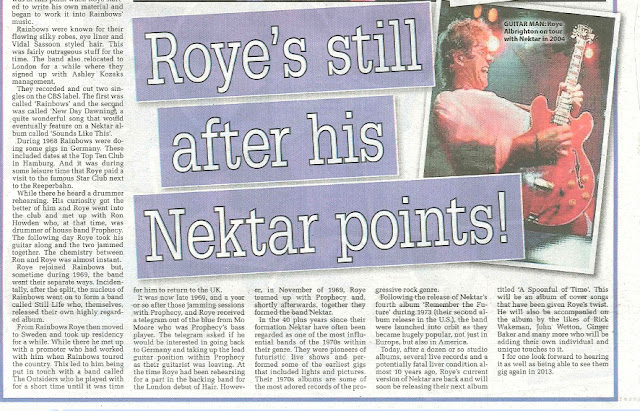
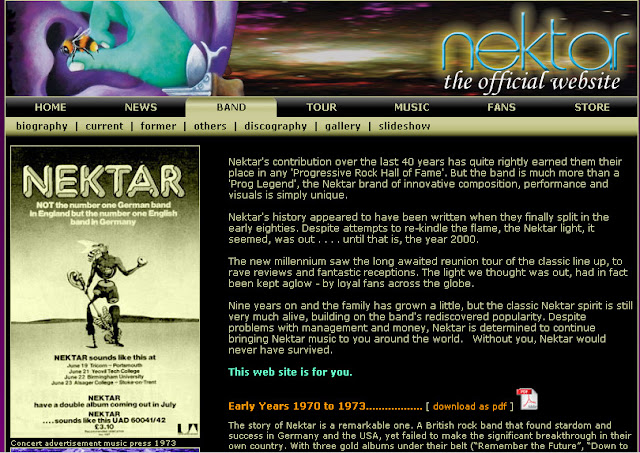
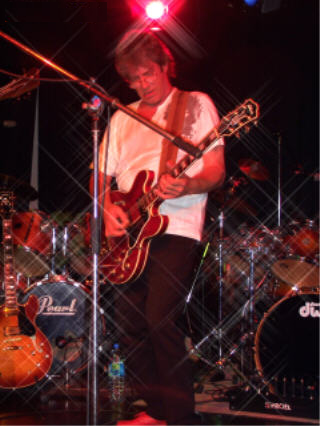
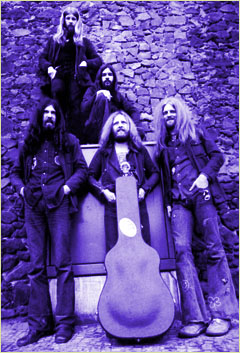
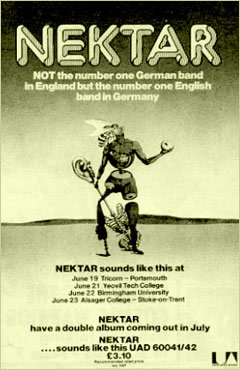
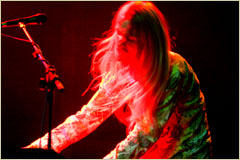
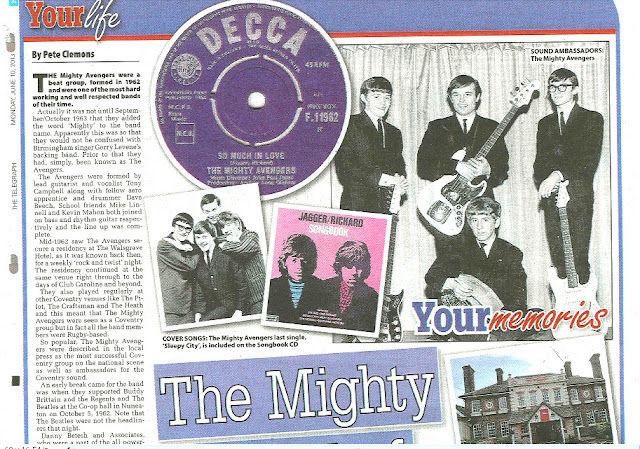
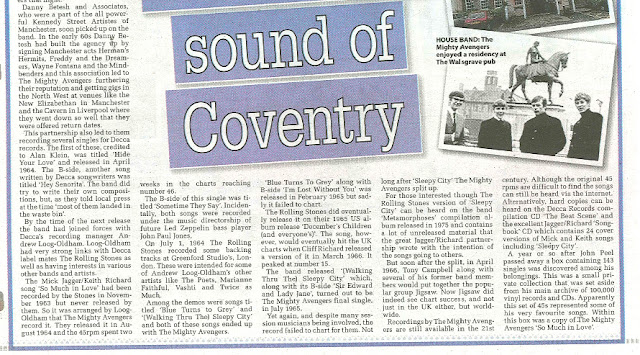
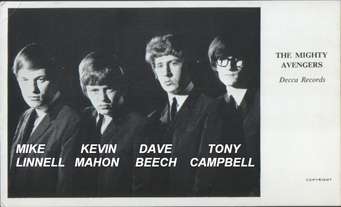
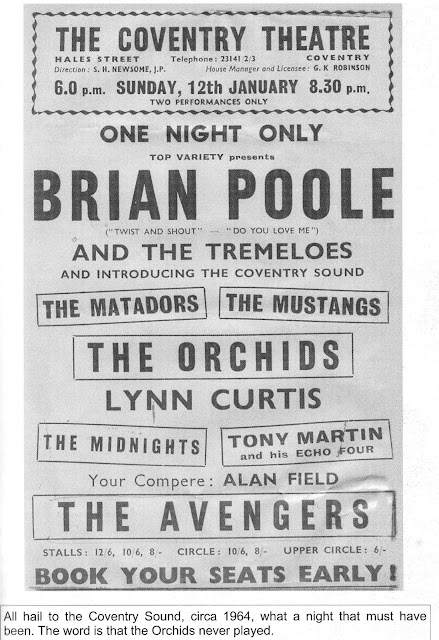
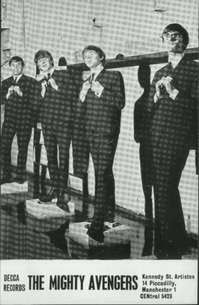
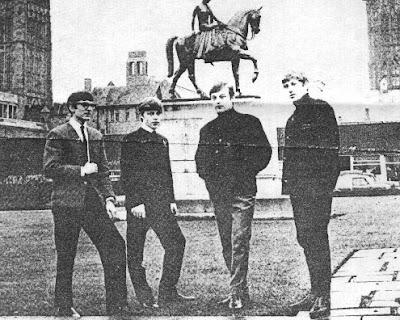
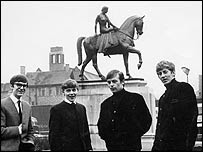

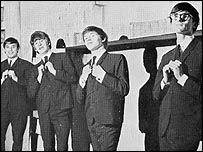
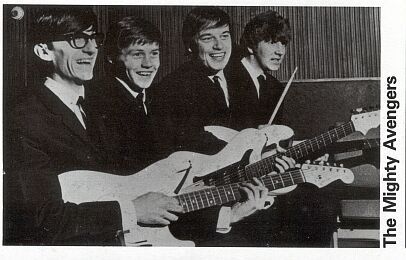
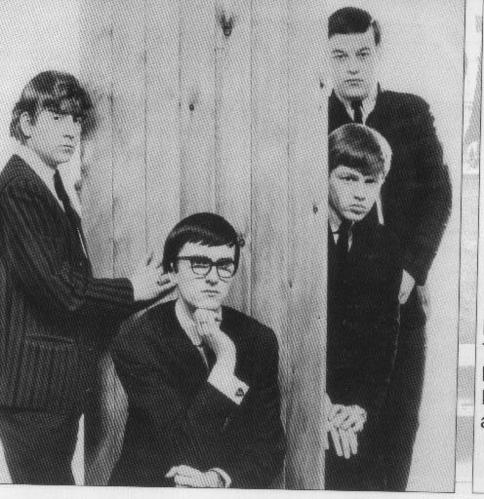
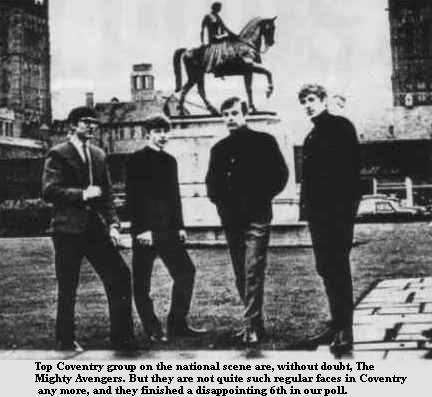
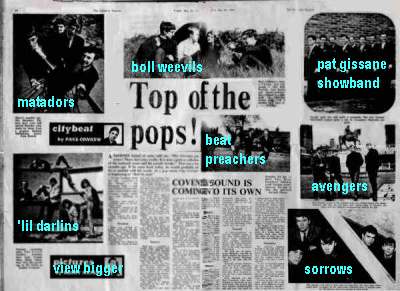
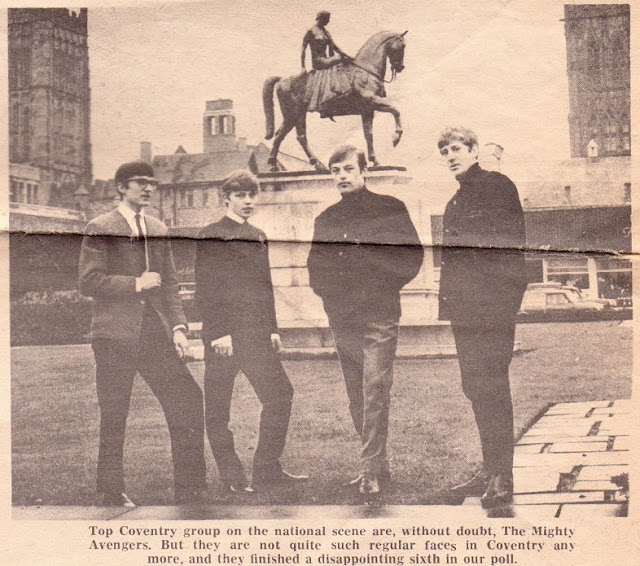

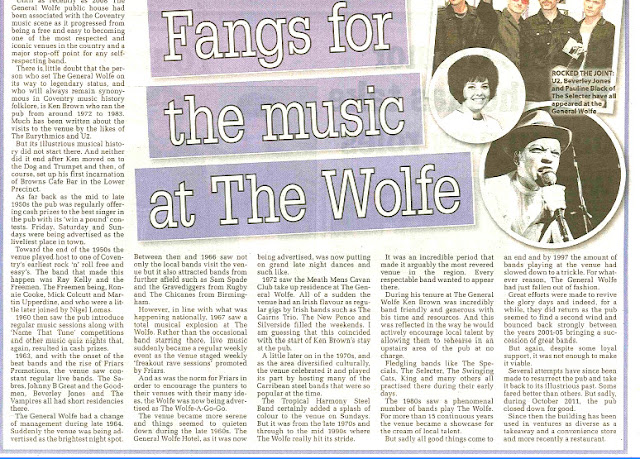
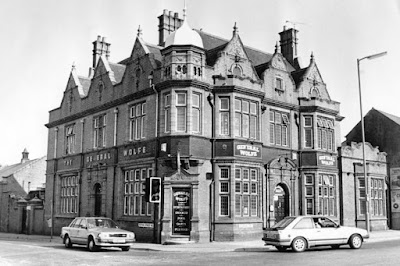


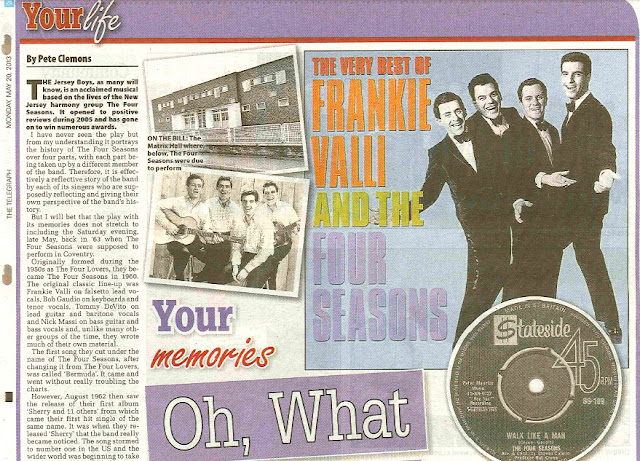
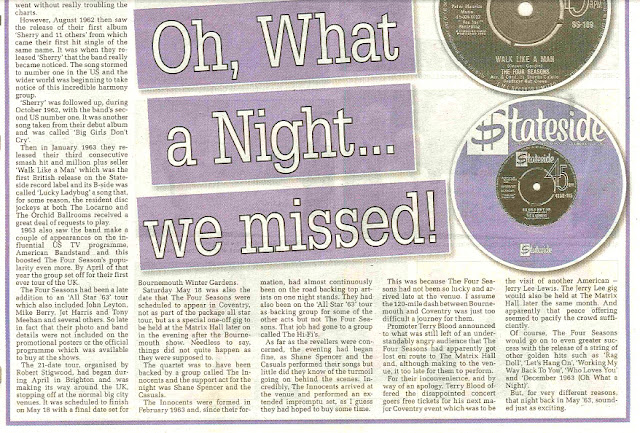

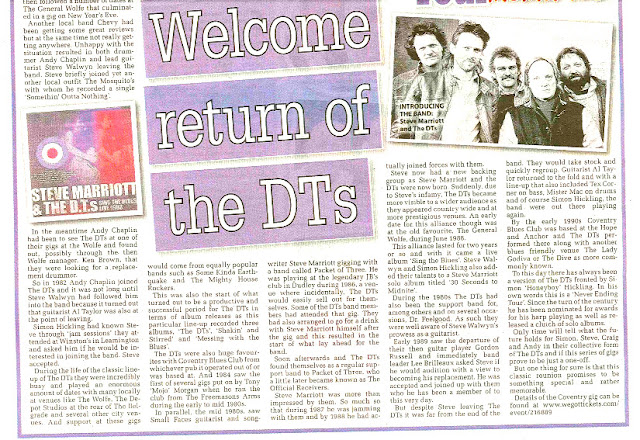

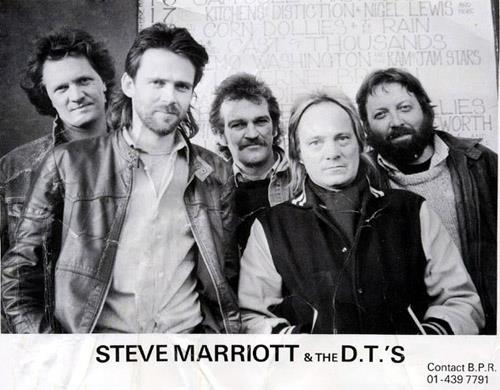
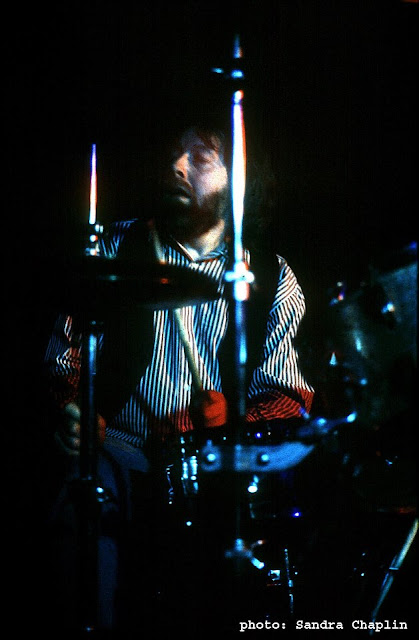
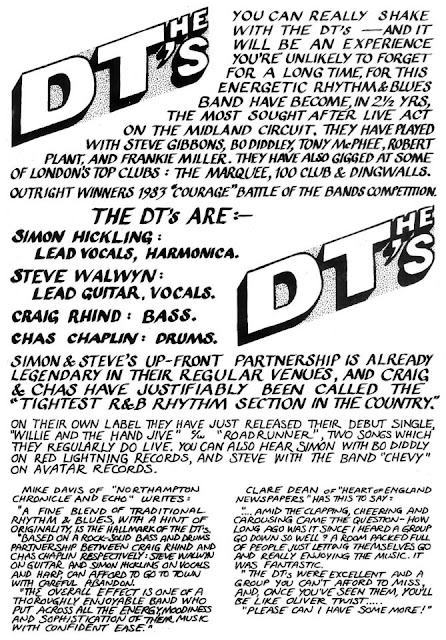
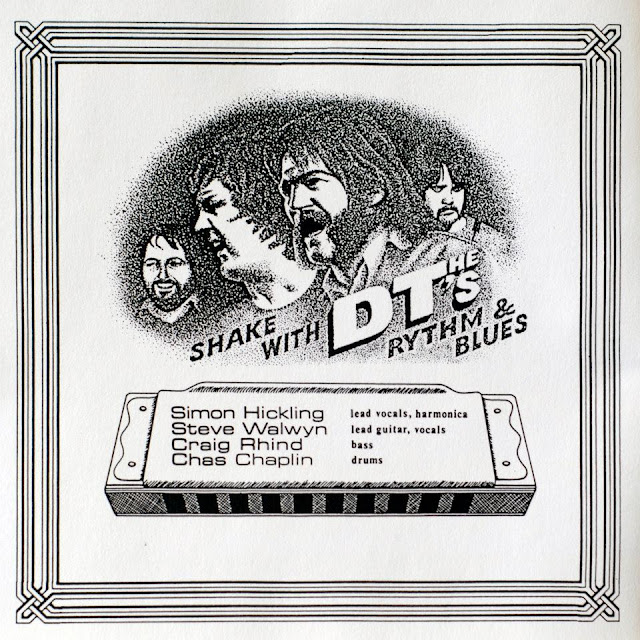
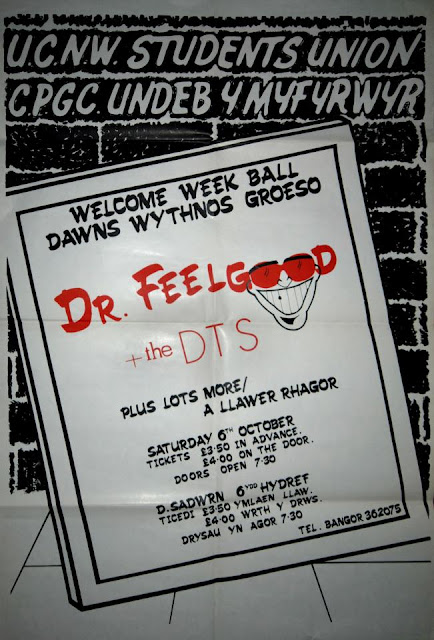



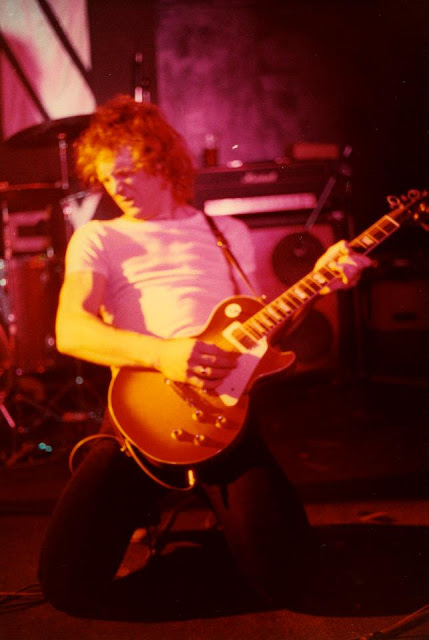
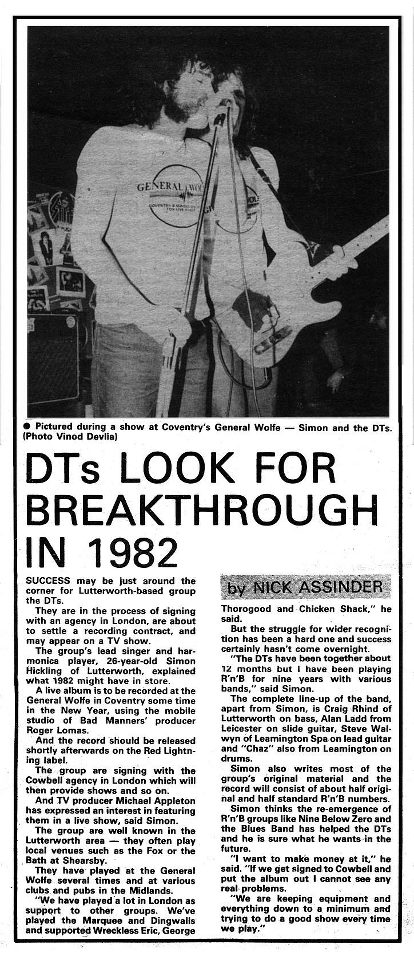
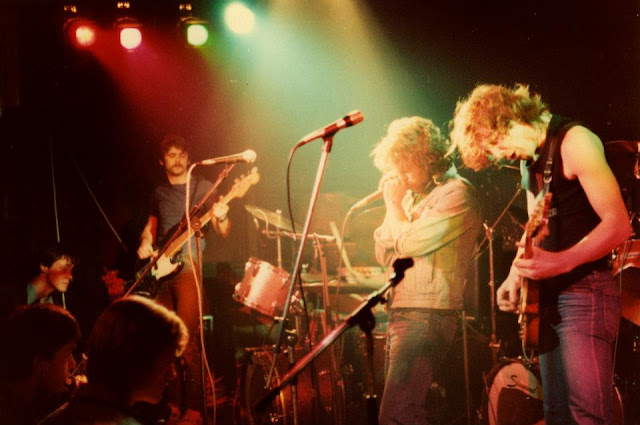

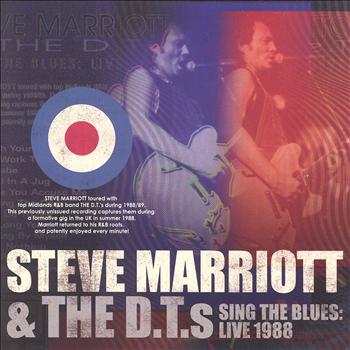
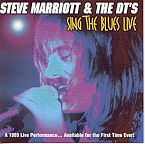

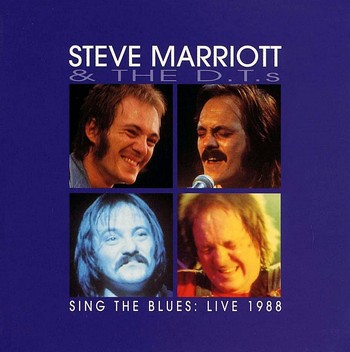


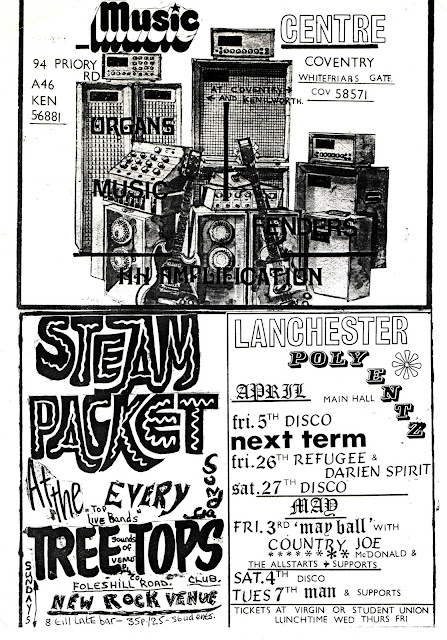
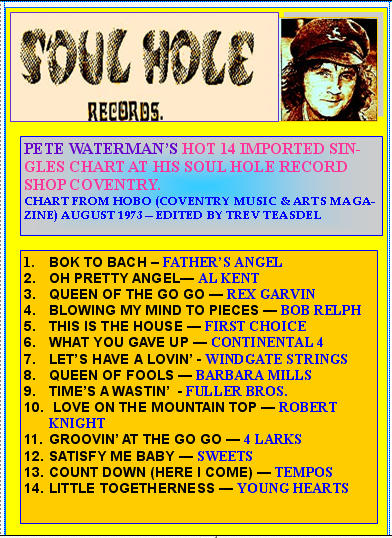
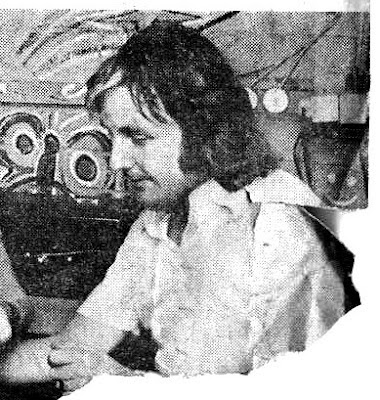

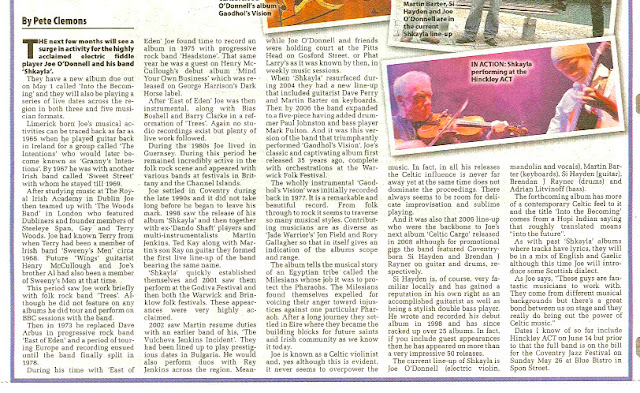
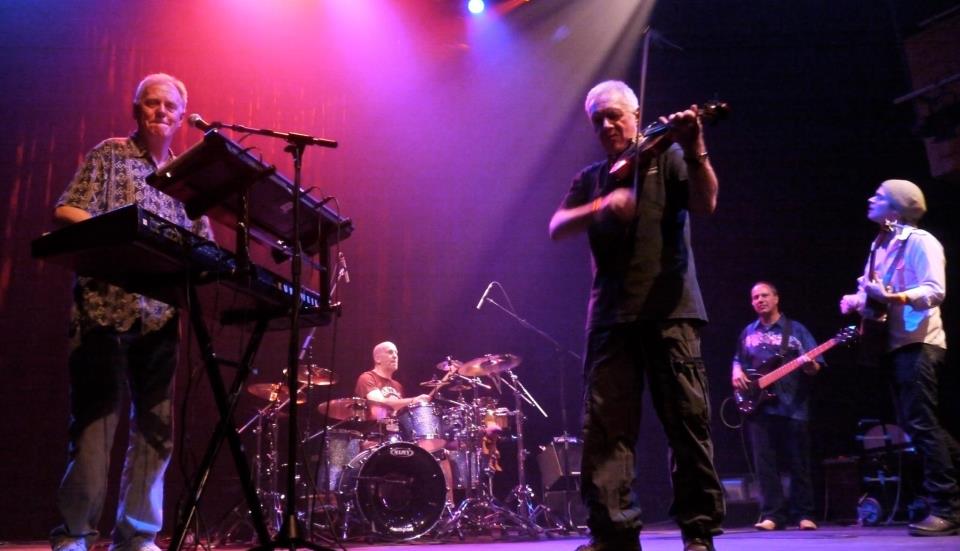
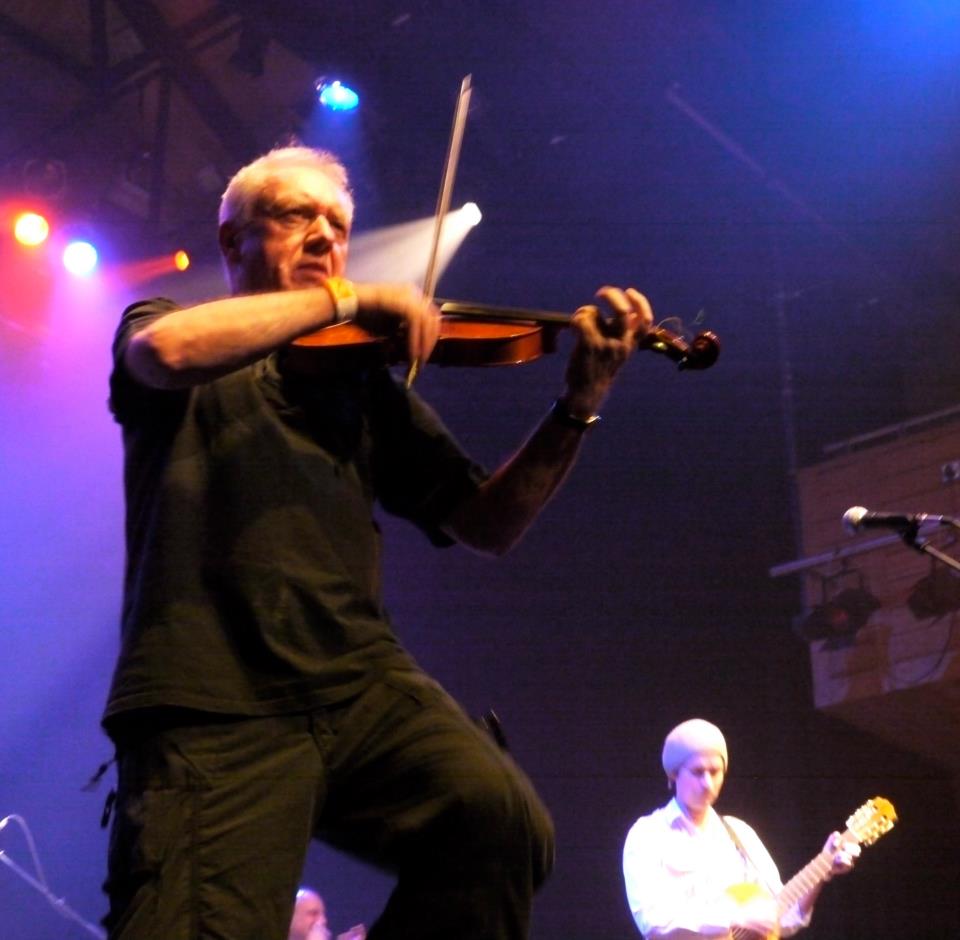.jpg)
